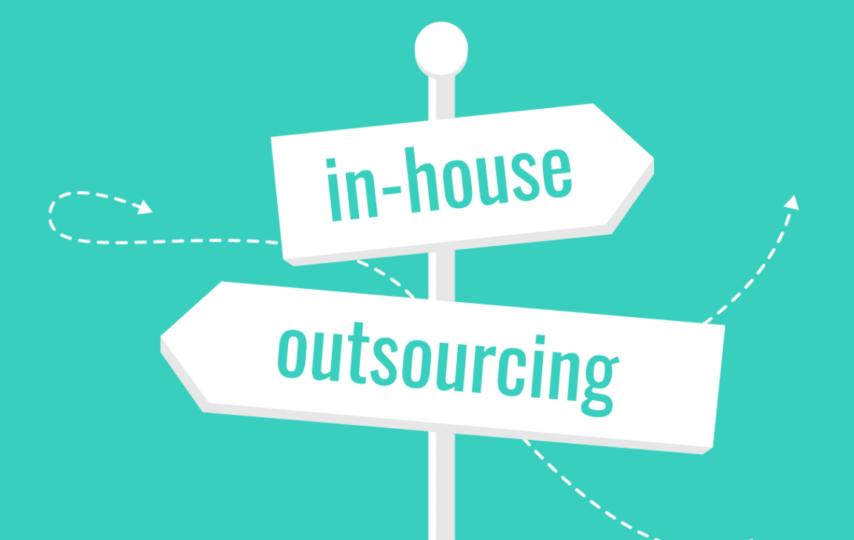In today’s competitive business landscape, providing exceptional customer service is paramount. An integral component of this is managing inbound call centers effectively. However, businesses face a critical decision: should they manage their inbound call center operations in-house or outsource them to a third-party service provider? This article explores the key considerations and benefits of both approaches to help business owners, executives, managers, and entrepreneurs make an informed choice.
Understanding Inbound Call Centers
Before diving into the outsourcing vs. in-house debate, let’s clarify what inbound call centers entail. An inbound call center is a centralized hub where agents handle incoming customer calls, inquiries, and support requests. These centers play a pivotal role in customer service, impacting customer satisfaction, brand reputation, and overall business success.
The Case for In-House Inbound Call Centers
Control and Customization: Managing your inbound call center in-house provides a high degree of control and customization. You have direct oversight of operations, enabling you to tailor processes and scripts to align with your brand’s unique voice and customer service standards.
Quality Assurance: In-house teams allow for greater quality control. You can implement robust training programs and monitor agent performance closely to maintain service quality. This level of supervision can be challenging to achieve with outsourced services.
Data Security: For businesses handling sensitive customer data, in-house management can provide enhanced data security and compliance. You have more control over data access and can implement stringent security measures.
The Benefits of Outsourcing Inbound Call Centers
Cost Savings: Outsourcing can lead to significant cost savings. Third-party service providers often have established infrastructure, reducing upfront capital investments in technology and facilities. Additionally, you can benefit from economies of scale.
Scalability: Outsourcing allows for flexible scaling of operations. You can easily expand or contract your call center capacity to meet seasonal demand or business growth without the challenges of hiring and training new in-house staff.
Specialized Expertise: Outsourced call centers often specialize in customer service. They bring a wealth of experience, best practices, and advanced technologies to the table, which can enhance the quality of service delivered to your customers.
Factors to Consider
When choosing between in-house and outsourcing options for your inbound call center, several critical factors come into play:
1. Industry and Business Size: Different industries and business sizes have varying requirements. Consider how your industry’s regulations, customer expectations, and scale influence your choice.
2. Customer Base: Analyze your customer base. If you serve a diverse, global audience, outsourcing may offer language and time zone advantages. If your customer base is primarily local, in-house management might suffice.
3. Cost Analysis: Conduct a thorough cost-benefit analysis. Factor in initial setup costs, ongoing operational expenses, and potential savings. Remember to consider long-term ROI.
4. Customer Experience: Assess how each option affects the overall customer experience. Evaluate which approach aligns better with your brand’s values and service quality goals.
Making the Decision
Choosing between in-house and outsourcing for your inbound call center requires a methodical approach:
1. Define Objectives: Clearly outline your business objectives and customer service goals. This will serve as the foundation for your decision.
2. Conduct Feasibility Studies: Perform feasibility studies to evaluate the financial and operational aspects of both options. Consider both short-term and long-term implications.
3. Seek Expert Advice: Consult with experts in call center management or business advisors who can provide valuable insights and guidance.
4. Pilot Projects: If uncertain, consider piloting both approaches. Run a small-scale trial of in-house and outsourced operations to assess which one better meets your needs.
Best Practices
Regardless of your choice, optimizing your inbound call center is crucial. Here are some best practices:
1. Ongoing Training: Invest in continuous training and development for call center agents to enhance their skills and knowledge.
2. Quality Monitoring: Implement regular quality monitoring and feedback mechanisms to maintain service excellence.
3. Technology Integration: Leverage advanced call center technologies such as CRM systems and analytics tools to streamline operations and gather valuable customer insights.
Conclusion
Inbound call centers are the frontlines of customer interaction, making the choice between in-house and outsourcing a pivotal decision. Business owners, executives, and managers should carefully consider their industry, cost constraints, and customer service objectives when making this choice. Whether you opt for the control of in-house management or the cost-efficiency of outsourcing, remember that a well-executed inbound call center strategy is key to delivering exceptional customer service and ensuring business success.
In the end, it’s about aligning your choice with your unique business needs and goals, with the ultimate aim of providing exceptional support to your valued customers.







